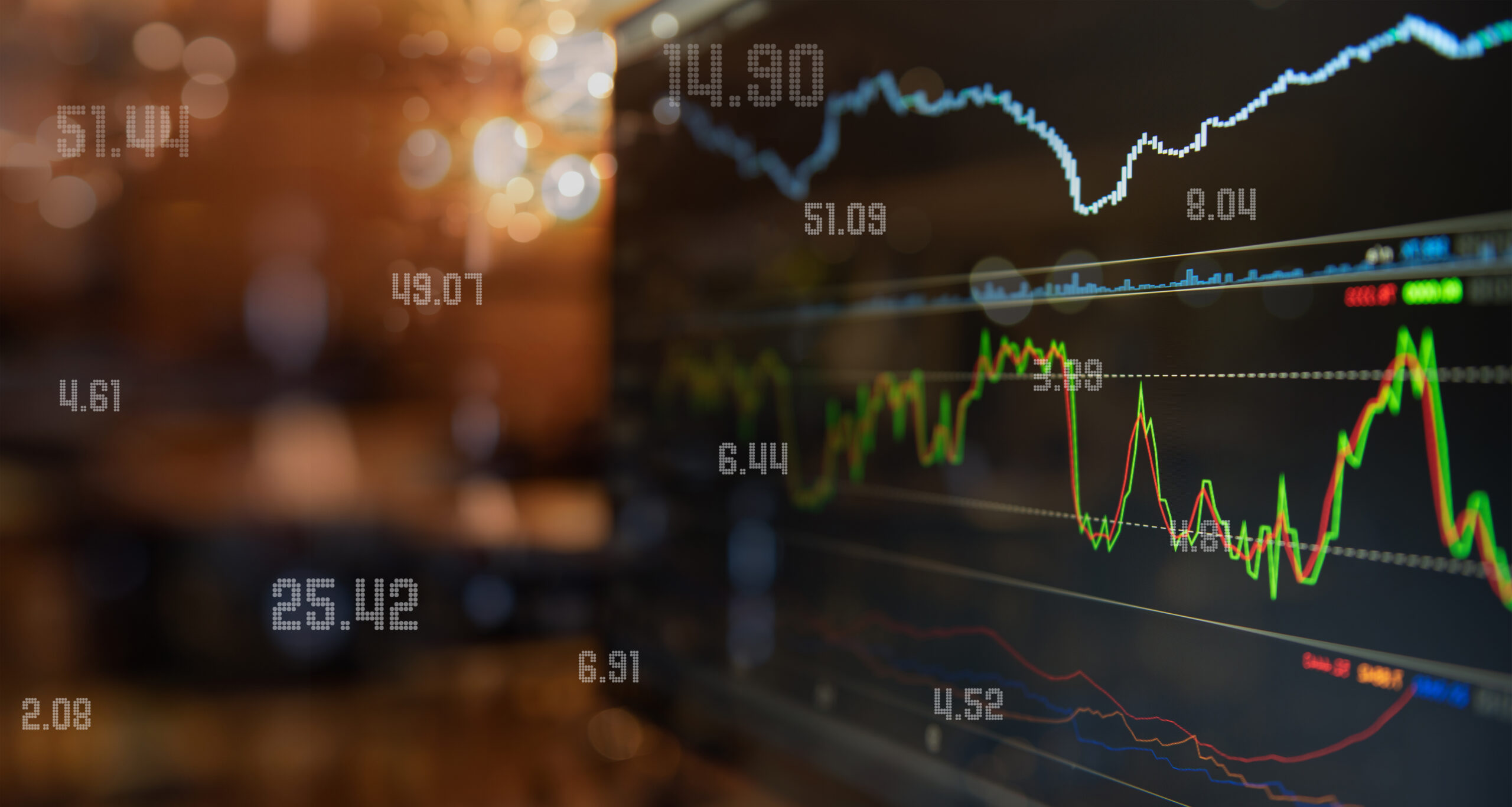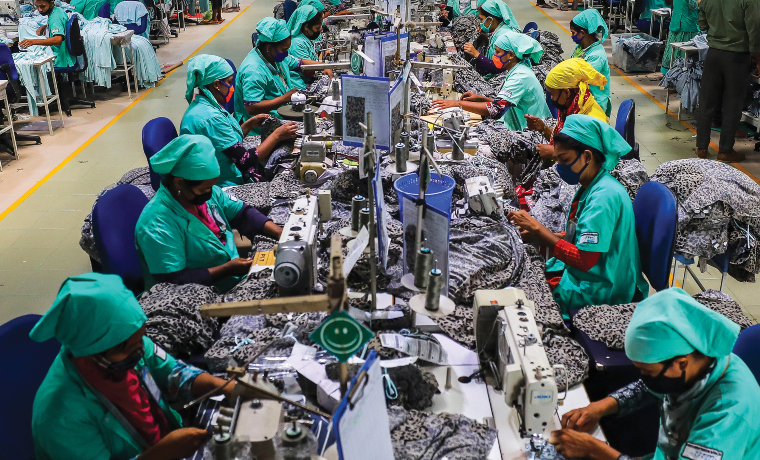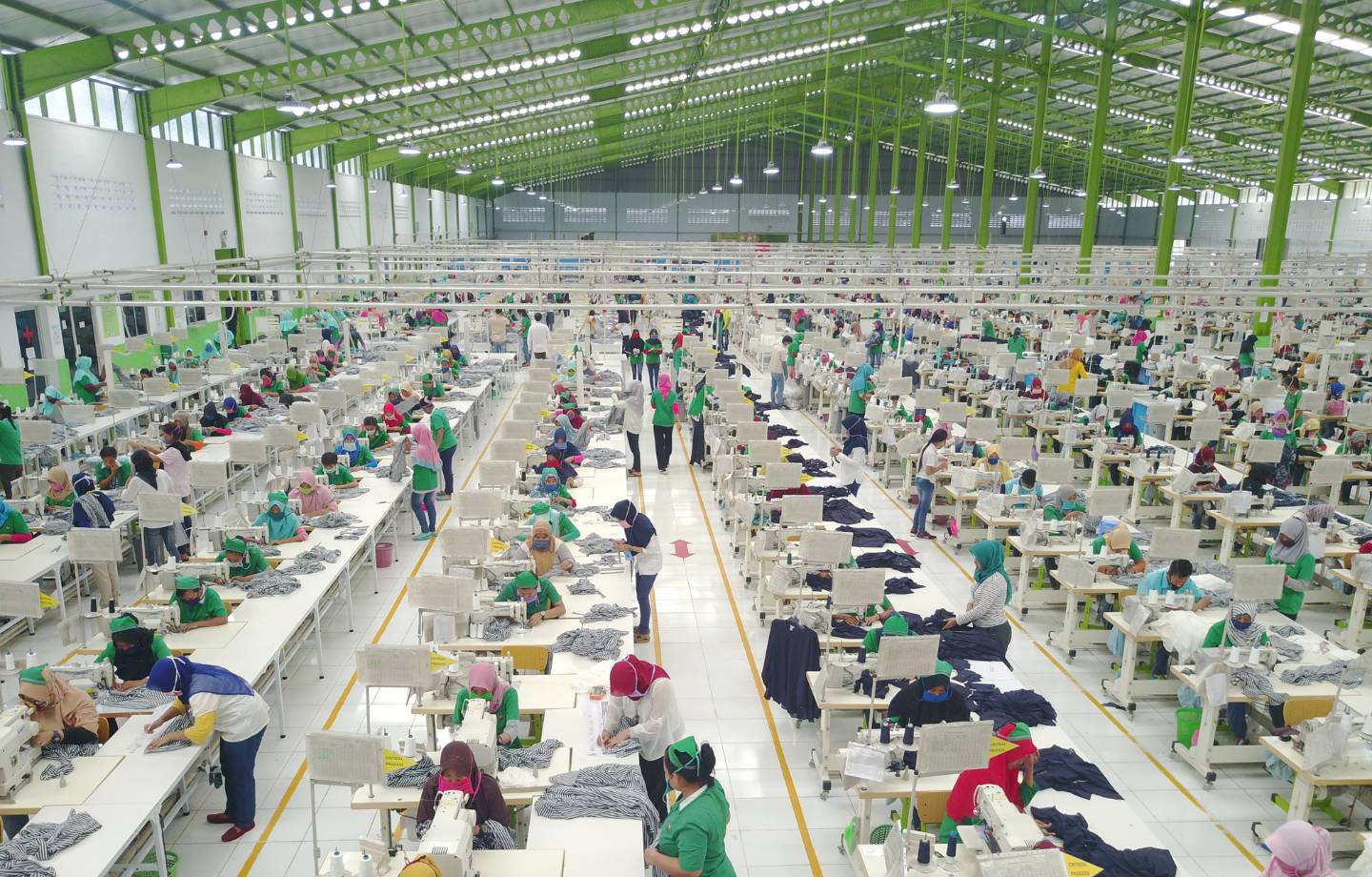A New Approach to Evaluating Company Social Performance

June 14, 2018
Larry Fink—CEO of the world’s largest asset manager, BlackRock—in January made news when he publicly called on company leaders to think beyond quarterly earnings to the long-term impact they are having on society. Fink concluded an open letter by saying: “Today, our clients – who are your company’s owners – are asking you to demonstrate the leadership and clarity that will drive not only their own investment returns, but also the prosperity and security of their fellow citizens.” How, if at all, this will change the way BlackRock actually invests remains to be seen. Regardless, focused attention on how companies and their investors are addressing these issues is clearly increasing.
In light of this increased attention, many in the finance community are seeking reliable measures to assess the social impact of the companies in which they invest. This presents an important opportunity to reward companies that are leading the way in grappling with the most acute social challenges in their industries. However, existing measures of social performance are not yet consistent, accurate, and evaluating the issues most relevant to companies and their investors.
After studying more than 1,700 current social metrics, we found considerable variance in how the category is even defined. For some, social performance meant philanthropic efforts; for others, the existence of human rights policies or training programs; for yet others, the number of women on a company’s board. It is no wonder that there is little correlation in how companies perform across the various ESG ratings that assess them on the basis of environmental, social, and governance factors. In addition to this problem of definition, we found that across the board most measures focused on policies or procedures rather than evidence of effectiveness or outcomes. We also found that relatively few measures targeted the core business operations of global companies, which have dispersed social impact that is often obscured as a result.
As more investors, both institutional and individual, seek to understand the social impacts of their investments and how these relate to long-term returns, it is increasingly important that we better align social performance measures with companies’ most extensive and direct impacts on society. We believe that maximizing the positive effect a company has on society is just good business in the long-term, and an increasing number of CEOs and investors seem to agree. But we need better measures to prove it and to identify companies that are truly leading the way.
Developing Improved Social Metrics for the Apparel Industry
The NYU Stern Center for Business and Human Rights is working on a pilot project to establish that more effective social measurement is possible. Looking first at the apparel industry, we aim to:
- produce a concise set of indicators that investors can use to identify which global apparel and footwear companies are best managing their long-term social impacts; and
- develop relevant tools to help investors integrate this performance into their investment choices and engagement strategies.
Over the last nine months, we have spoken with more than 70 apparel industry experts in one-on-one conversations and during a workshop in Hong Kong to determine how best to evaluate which companies are leading the way in developing models that maximize their long-term benefit to society. These conversations have caused us to shift our project away from indicators that attempt to directly measure workers’ experiences to a framework of indicators that assess the health of a supply chain through the quality of a buyer’s purchasing relationships with its suppliers.
We made this shift after hearing broad agreement that:
- global brands’ most significant impacts on society result from practices that are core to their business model;
- purchasing practices in global supply chains are a central, but under-evaluated, driver of labor conditions at the factory level; and
- improved labor conditions in the supply chain are likely to lead to stronger, more stable businesses in the long-run.
Along the way, we made some strategic choices to guide our work:
- Measure only the leading edge: Focus on the fewest measures that most differentiate companies that are effectively managing their social impact.
- Evaluate brands, not factories: Identify and reward brand practices that improve human rights performance, recognizing that these practices are not likely to resolve all of the issues in a given factory.
- Reward enduring relationships: Identify and reward brands that are partnering with and fostering factories with strong labor practices and innovative models.
- Measure both areas posing prominent risks and affirmative measures that companies are taking to strengthen buyer-supplier relationships: Identify indicators that will highlight areas that pose the most significant risks to workers and also higher-quality relationships that enable creative solutions and joint problem-solving.
- Focus on what is most meaningful to know: Then figure out how to get the information.
We now have a draft list of 13 specific indicators that reflect the collective wisdom of our conversations. In aggregate, they evaluate the quality of relationships that buyers create with their suppliers. We define quality relationships as stable, visible, trusting, and mutually beneficial. To identify these relationships, we look for adequate and accurate planning, joint involvement in the product development and production process, cost and risk sharing, and consistency in orders and expectations. The specific indicators are provided below, along with a short glossary of key terms.
Key Terms
- Vendors/Suppliers: Companies that contract either through agents or directly with buyers to produce goods, generally relying on numerous factories for production. Does not include suppliers of raw materials necessary for production.
- Factories: Facilities providing all cut and sew and/or embellishment services (e.g., embroidery, printing, buttons, zippers, etc.) necessary for production.
- Tech pack: Documentation that provides all the necessary information to produce an item, including construction graphics and measurements, materials, sizing information, etc.
- SMV/SAM (Standard Minute Value and Standard Allowable Minutes): Synonymous terms used to describe the total number of working minutes required to produce an item.
Cluster 1: Planning and Pre-Production
This cluster assesses the degree to which buyers have a manageable supply base and are accurately predicting and communicating their production needs to suppliers.
- Average number of factories per style per 1000 units
- Average number of days between booking order and start of production
- Average difference (over/under) between capacity or units booked and capacity or units utilized and percentage of overall product volume booked as capacity
- Percentage of overall product volume where supplier or agent provides SMV/SAM calculation and average deviance from planned production time
- Average # of modifications per order after tech pack confirmation deadline
Cluster 2: Cost and Payment
This cluster assesses the degree to which suppliers are compensated in a reasonable period of time and for the anticipated amount.
- Percentage of supply chain spend that was paid in full within 60 days of delivery
- Percentage of orders using unplanned premium shipment (e.g., air freight) and min/max and average cost
- Percentage of orders where penalties imposed for late delivery and min/max and average financial penalty
- Percentage of orders where penalties imposed for poor quality and min/max and average financial penalty
- Percentage of orders where partial or complete cancellations applied
Cluster 3: Quality and Compliance
This cluster assesses whether buyers have a stable, visible supply base and reward suppliers that invest in better working conditions
- Overall factory turnover rate and percentage of production carried out at continuing factories
- Percentage of orders where working conditions examined in person during production at least once by buyer, agent, or third party auditor
- Percentage of overall product volume allocated to factories in top tier or top third (whichever is smaller) of compliance ratings
Up Next
In the coming months, we will solidify partnerships with a range of companies, academics and other stakeholders to help us test these indicators in practice. Our research will seek to determine benchmarks for good performance on each indicator, as well as the relationships among these purchasing practices. For instance, does the annual turnover rate of factories or the number of modifications after the tech pack confirmation deadline seemingly affect the percentage of orders where penalties are imposed or where air freight is used? We also plan to look for evidence of how these practices relate to factory-level outcomes for workers. Does better performance on these purchasing practice indicators seem to lead to better wages, less overtime, etc.
We are excited for this next phase of research and welcome ideas for partners that may be interested in joining us as we move forward. Please contact Casey O’Connor (coconnor [at] stern.nyu.edu) with ideas or suggestions.
 Values-Based Investing
Values-Based Investing Global Labor
Global Labor Safeguarding Outsourced Labor
Safeguarding Outsourced Labor


